Bob’s Rules for Locomotive Buying are pretty simple:
One: A toy train is not a retirement fund. Never buy a new locomotive as an investment.
Two: Buy a locomotive because you like it.
Three: It’s your railroad, and your world to create – buy and run the locomotives and road names you want to buy and run. As pop singer Rick Nelson sang, “You see, ya can’t please everyone, so ya got to please yourself.”
And a general given: Most modern locomotives operate well, and general performance is comparable in like models from different manufacturers.
Physical considerations:
Do I have enough legroom? The size of the train and the track it runs on does matter, regarding both the physical dimensions of the model and its ability to go through tight curves.
Track curvature and switches: There is a dazzling array of track types on the market today. The days when the question was whether to use O-27 or O-31 profile track are long gone. Today, you have choices among traditional tubular track, solid-rail track like Atlas O gauge track, and track with roadbed, such as MTH RealTrax and Lionel FasTrack. The problem remaining is whether or not trains will run through your curves and switches.
Some larger locomotives don’t like O-31 or tighter curves. Some moderately sized locomotives are now offered for O-36 or wider operation use only. These restrictions, if ignored, may result in derailments or even damage to the model.
Switches, on the other hand, pose two problems. First, the locomotive’s wheels or undercarriage may derail on the diverging line if the curve is too severe. This is the same principle as running through curves. If a model requires O-36 curves, it probably won’t take an O-31 diverging line.
The other matter isn’t so much a problem with the track as the locomotive. If the locomotive has only one power pickup or if its pickup rollers are too close, the unit may hit a dead spot and stop cold.
So, here’s a quick guide to some of the locomotive types that you may be able to find at your local hobby shop or train show. This may help you decide what you are looking for before you buy!
Starter sets are a great way to introduce someone to the hobby, and they are also a good way to quickly expand your fleet. Though I have long passed the starter set phase, over the years I have bought a few sets just to get the locomotive or cars.
There is a world of small, mini-locomotives, motorized units, and trolley cars that can add fun to your three-rail layout. Generally speaking, curves that are too tight are not their problem. You may have some issues stalling on switches, depending on their pickup roller placement, but these models add fun and variety to a railroad.
These are amazing times for O gauge operators. There have never been this many locomotive types and road names available for three rails – ever. There are plenty of models that will fit in between 1914 and today, and a slightly more limited number for operators interested in the 19th century.
These are jumbotronic locomotives that require decent curvatures in the track and a layout with some physical space. You don’t want to run a locomotive that towers over your railroad town and is chasing the caboose of its train. The bright side is that if your layout can’t handle it, maybe there is a club in your area with a layout that can!






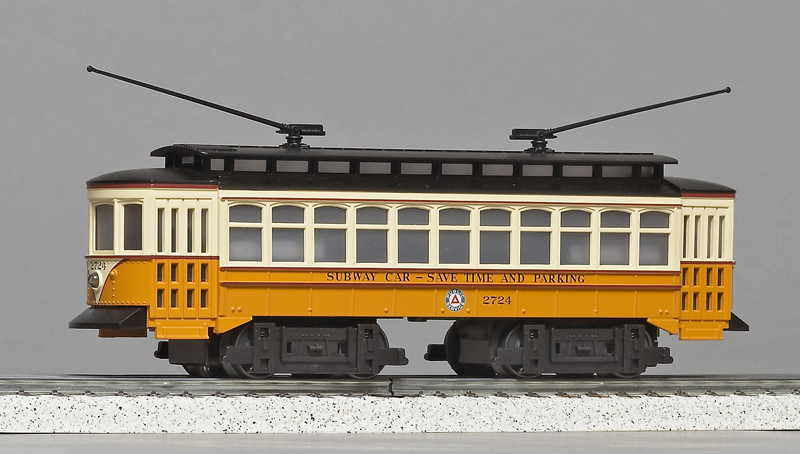
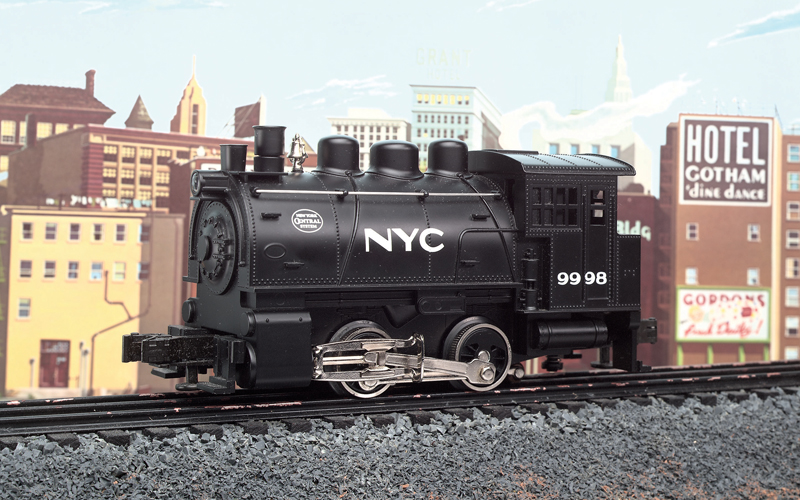
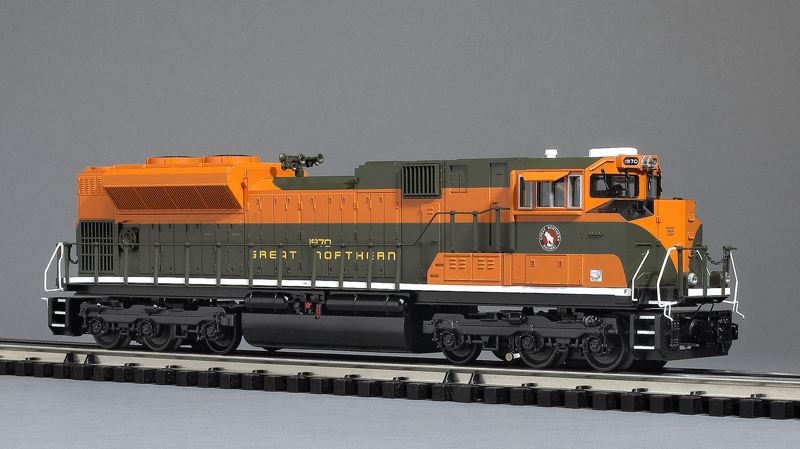
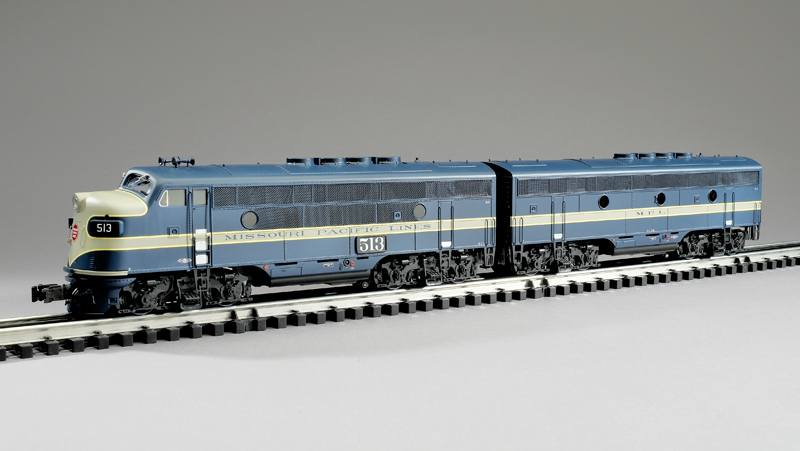
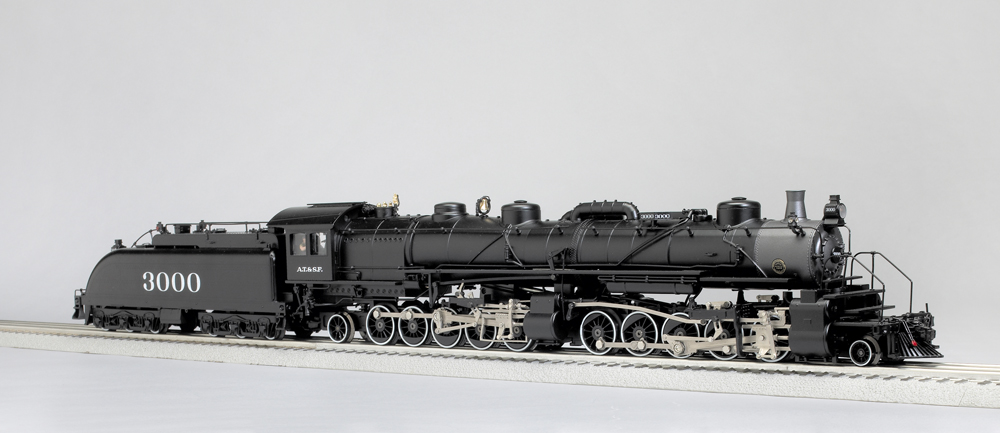
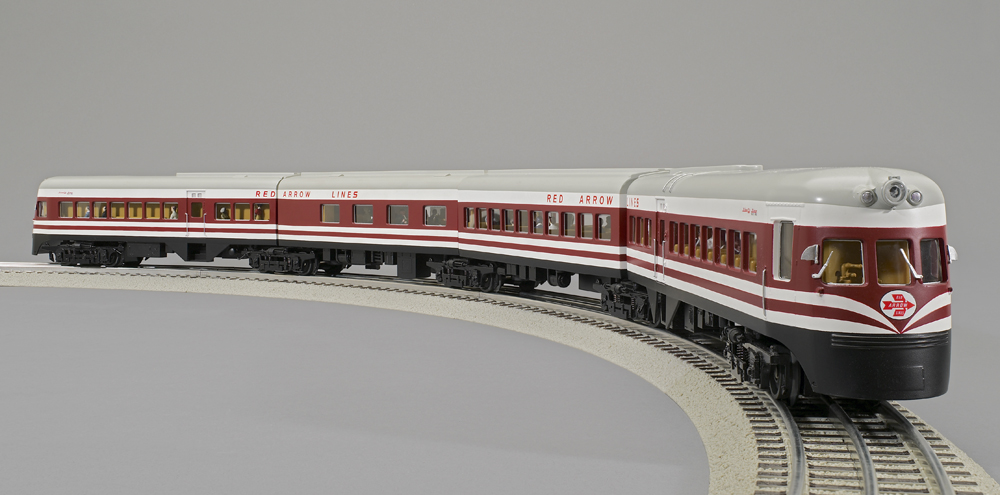

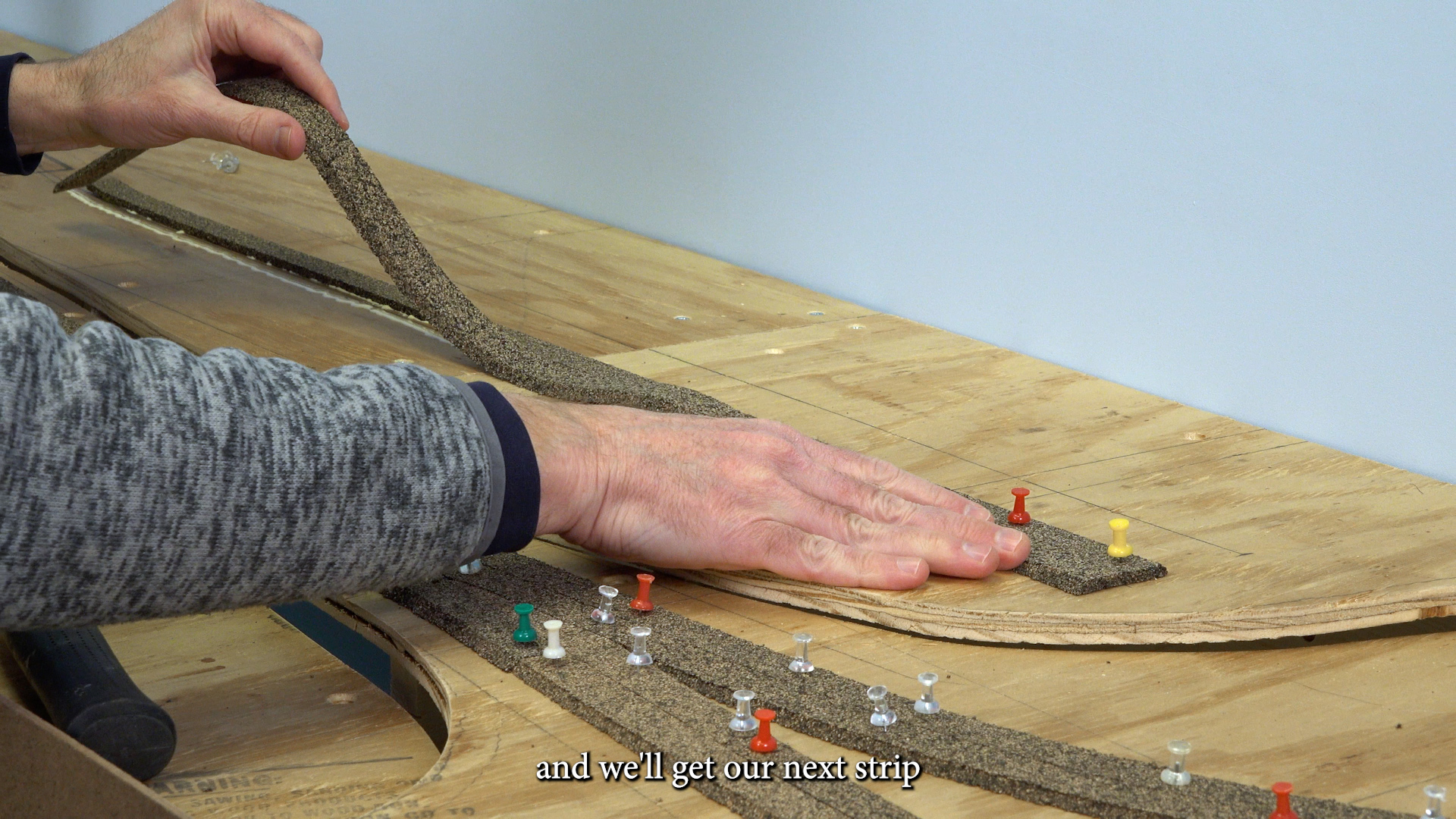
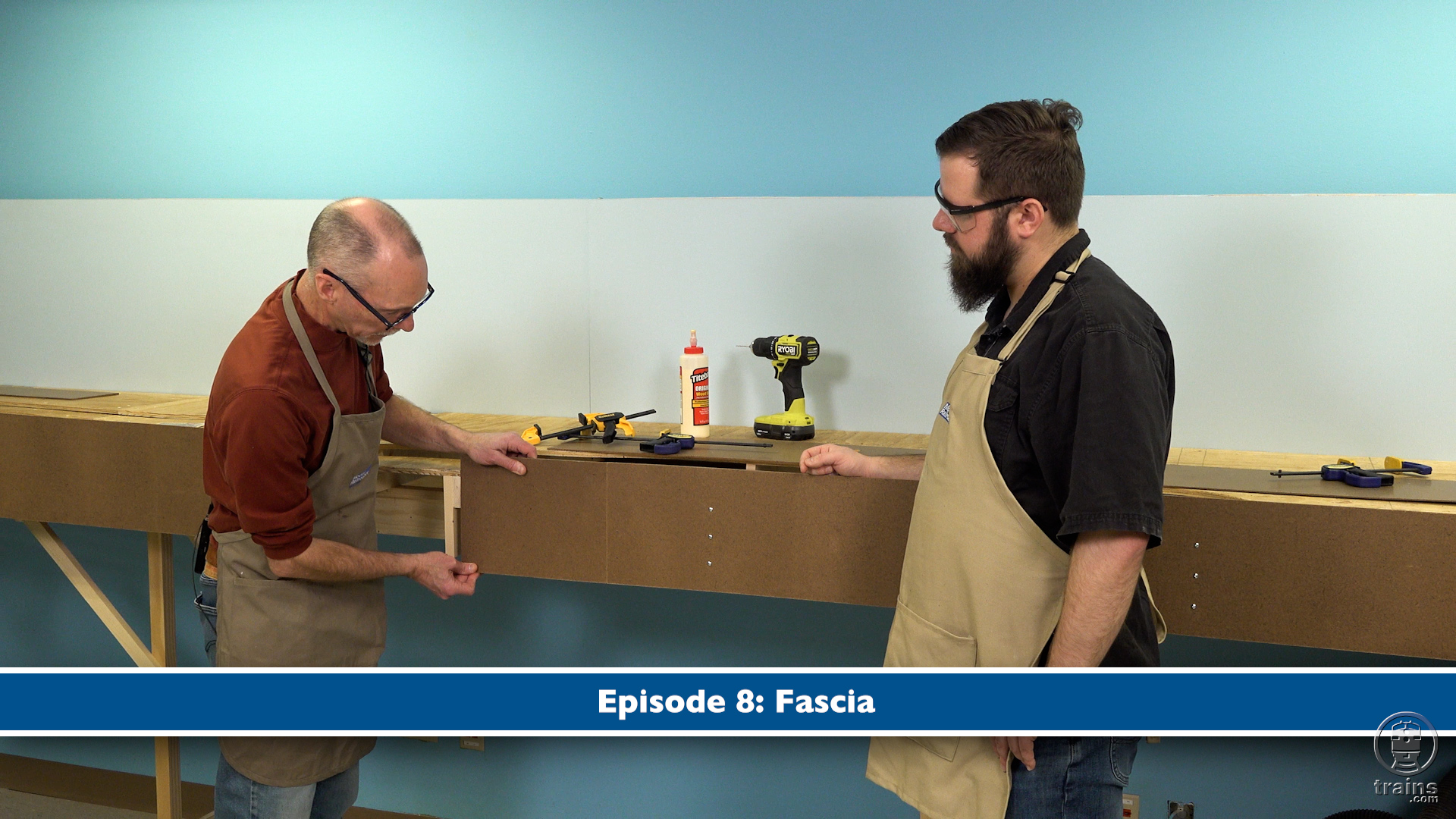
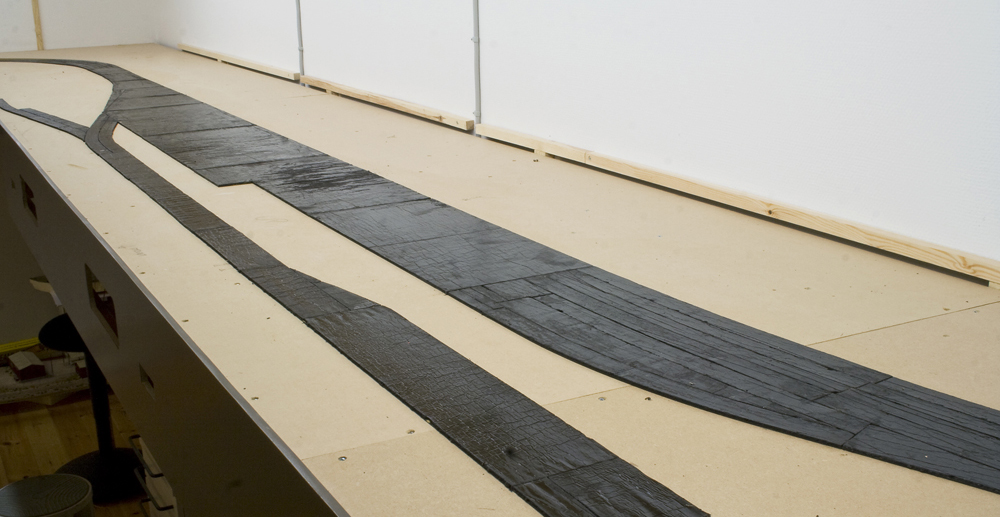
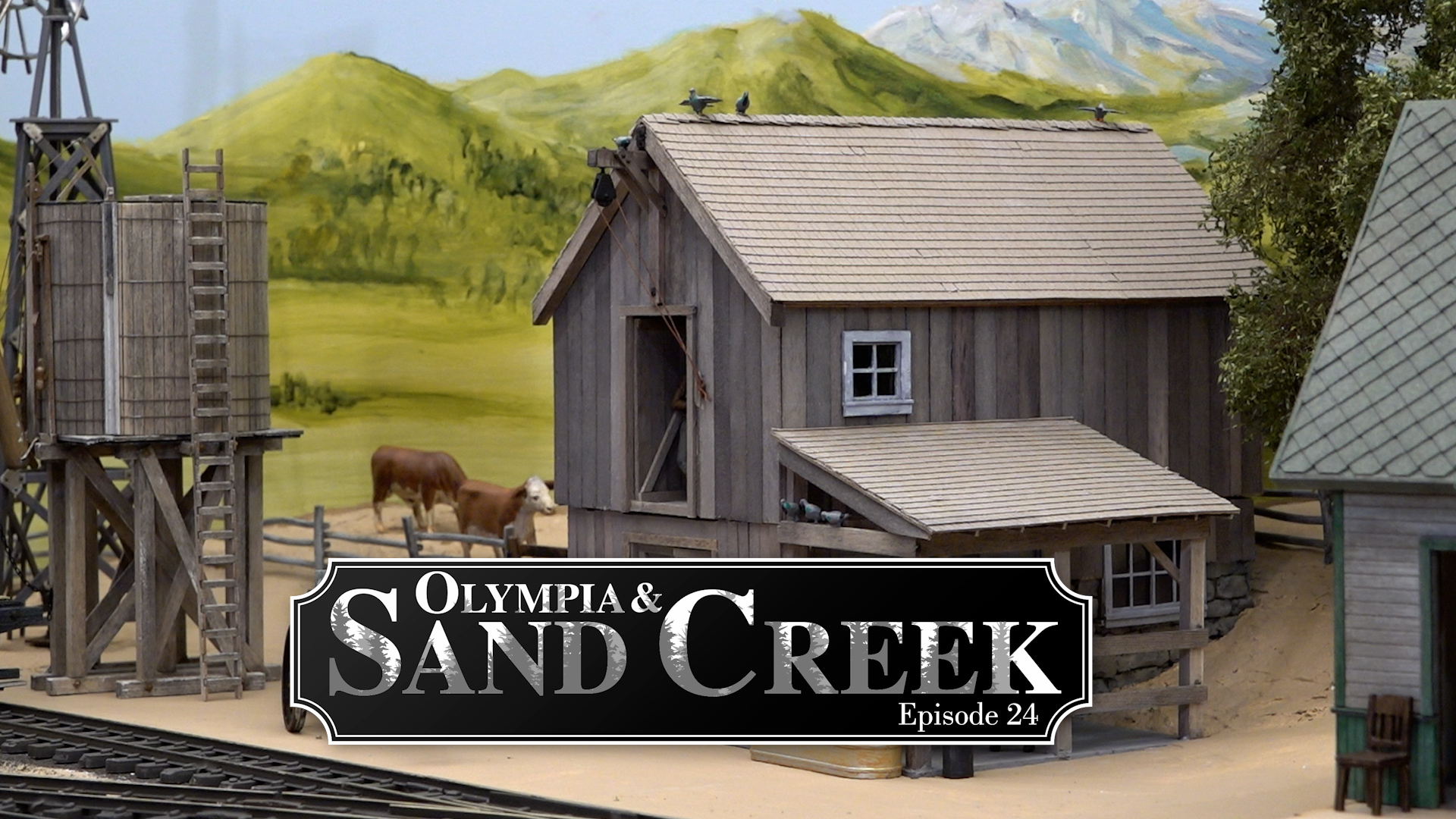




The key is buy what you like and don’t think of it as an investment. The collector car world has been through this, just like every other hobby. There are going to be ups and downs. I buy what I like and that is mostly North East railroads/Fallen Flags. My modest railroad, built in a small attic, has limitations, but still, I can run O-48 and O-54 curves, mostly, my inner loop is all O-36. I like the traditional/O-27 look and Semi Scale. It fits my layout perfectly.
Like Bill (RT) and Wayne, I don’t pass up a bargain…..
Buy engines that appeal to you is an excellent policy. To me, having a layout where all the engines have single road name paint schemes becomes boring. ALSO as a word of caution, just because your layout may have O72 or larger curves does not mean that it will accommodate the “Super-sized” engines. Watch for clearance with scenery. Large articulated engines require a good amount of room as their fronts swing out to the side as they go around the curve. The same is also true for passenger cars. Longer (21″ scale passenger cars) require a lot of clearance on the inner side of curves!
One thing I do to increase variety but not kill the budget is buy “orphan” Lionel steam locomotive tenders at train shows, then repaint and decal them for various railroads, then find a caboose to go with it. When I want to change ‘roads, I change the tender and caboose.
And like Mr. Rifenbury, I usually don’t pass up a good deal!
Or you can do like I did at one point, Just buy anything that was a bargain that you like.